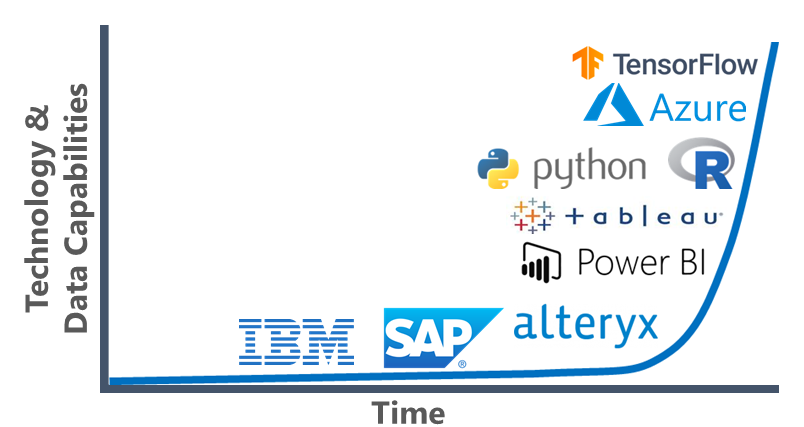Predictive analytics - predicting business success
What is Predictive Analytics? What predictive analytics products does s-peers offer? What can the Smart Predict function of the SAC do? With which software does predictive analytics work? Which predictive analytics functions does SAP offer in which products? These and other questions are answered here.



